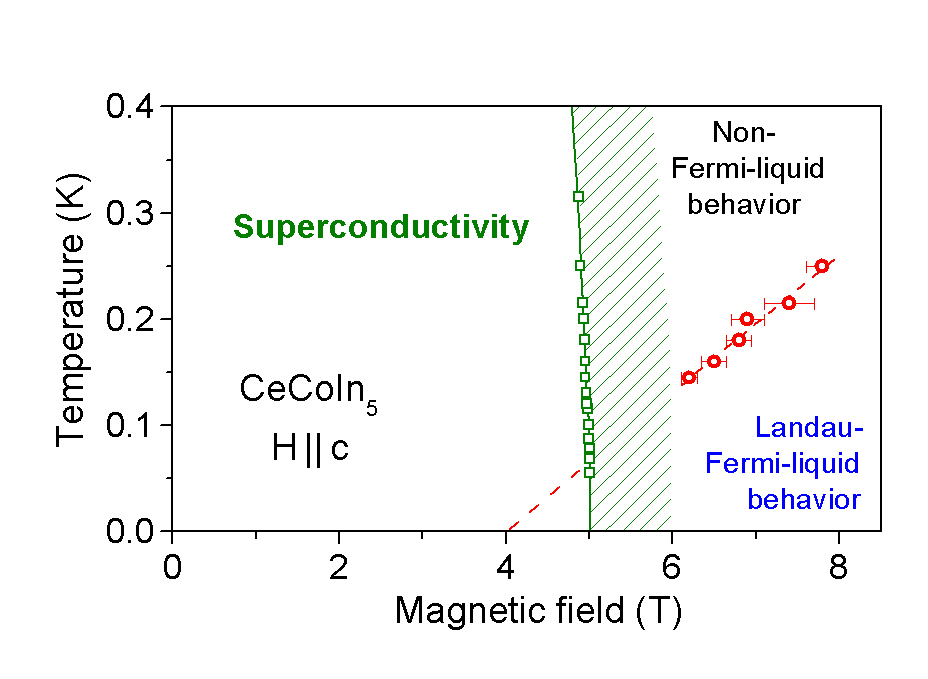
The repulsion of bodies carrying electrical charges of equal sign due to Coulomb force
is certainly basic knowledge in physics. In contrast, the assumption of noncorrelated,
i.e. essentially non-interacting electrons is well established throughout many areas of
solid state physics. An excellent example for this is semiconductor physics which is at
the heart of the ever more omnipresent electronics: its basic rules rely on the
consideration of individual, non-interacting electrons. In the light of the comparatively
strong Coulomb interaction, the application of a theory ignoring these electronic
interactions—the so-called theory of a free electron gas—might be questioned at first.
However, the key here is the screening of the positively charged ions (left behind by the
delocalized electrons) which form the crystal lattice.
Beyond this there are, however, also materials the properties of which cannot be described
by the theory of a free electron gas. Such discrepancies become specifically obvious at
very low temperatures when the impact of thermal excitations is significantly reduced.
Phenomena resulting from any electronic interaction can only be studied if the thermal
energy (described by kBT) is small compared to the relevant energy
scale of the interaction under consideration. The ever growing interest—not only of
physicists—in such phenomena based on electronic correlations is fueled by the fact that
the properties of the whole ensemble of interacting entities (for us it’s the electrons)
may, in some cases, be of a completely new quality that is neither related to nor expected
from the properties of the individual building blocks; just as the psyche of a human being
cannot be explained simply from the molecules he is made of. The occurrence of such a new
quality is recently referred to as emerging behavior. A typical example is superconductivity
which originates from an attractive interaction of the electrons mediated by vibrations of
the crystal lattice, i.e., the phonons. The electrons form Cooper pairs. These ideas are at
the base of BCS theory [Bardeen, Cooper and Schrieffer 1957] called after its founders
John Bardeen, Leon Cooper, and Robert Schrieffer. Nowadays, a number of phenomena driven
by strong electronic correlations is known ranging from colossal magnetoresistance (which
will be discussed in detail elsewhere) to fractional
quantum Hall effect.
Heavy-fermion metals are characterized by a dramatic increase of the effective mass of the
charge carriers at low temperatures which may reach up to a thousand times the mass of a
free electron. This is brought about by a magnetic interaction—the so-called Kondo
effect—which couples the free electrons to the local magnetic moments (and hence, to those
electrons that are fixed to the crystal lattice) such that the latter magnetic moments are
effectively screened. The properties of these metals can often be described, according
to Landau, by considering quasi-particles made up of the electrons and their interactions
instead of the mere electrons within the free electron gas. In case of this description
being applicable it is referred to as Landau Fermi-liquid (LFL) behavior.